Conquer the Ski Slopes With Troop 77
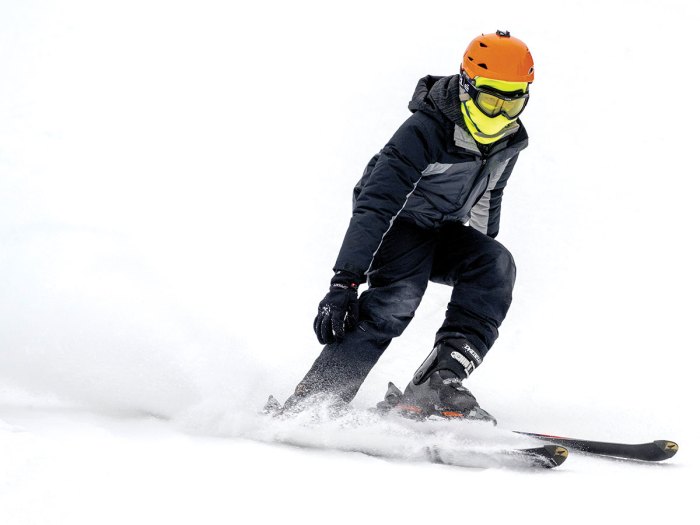
Ronin Ricks cuts through the powder. Experienced skiers can tackle basic slopes without ski poles, but if you’re a beginner, poles can help you balance.
After a day of skiing, you might be pretty tired. Navigating a snowy slope over and over calls on your abs, glutes, quadriceps, hamstrings, ankles, biceps and triceps.
Although the Scouts in Troop 77 of Canton, Massachusetts, felt the burn of using those muscles on a ski trip last January, they were eager to do it again.
“I usually go skiing for a day. I’ve never gone two days in a row,” says Cayden Farrington, 12, a Tenderfoot Scout.
And that’s just what they did.
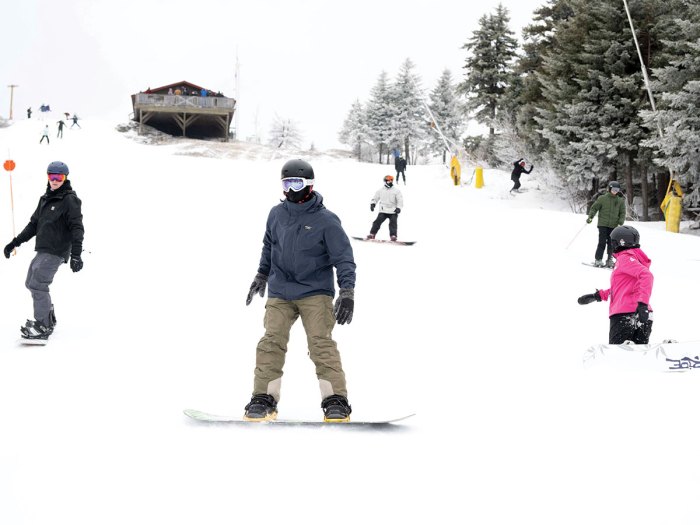
LET’S GO SKIING
The troop planned a four-day campout that involved staying at a cabin at T.L. Storer Scout Reservation in New Hampshire. (Troop 77 is not in the camp’s council. You can stay at other councils’ camps throughout the year — just check with the council on the camp’s availability.)
For Troop 77, it worked perfectly. T.L. Storer is about 30 miles from Gunstock Mountain Resort, where they were going skiing and snowboarding. Gunstock Mountain stands more than 2,200 feet tall, and the resort has carved out nearly 50 ski trails, ranging in difficulty from easy green slopes to expert double black diamond trails.
While novice skiers went for the green trails, some guys who go skiing several times every year started out on the blues.
“It’s like getting back on a bike for me,” says Charlie Zack, 16, a Life Scout.
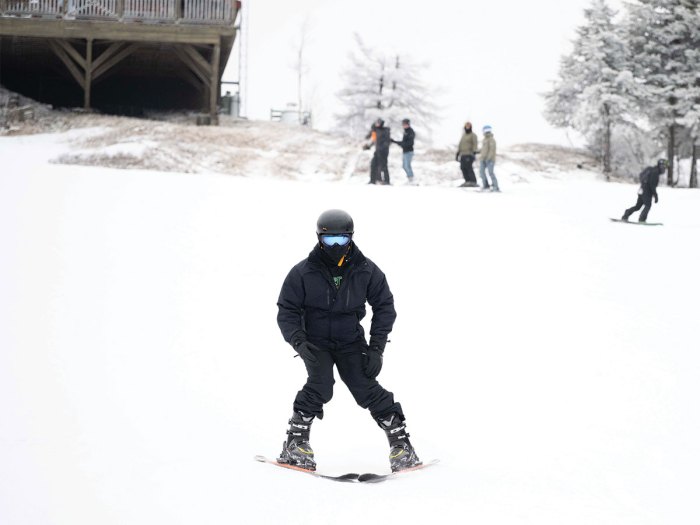
Patrick King demonstrates the wedge technique for Scouts working on the Snow Sports merit badge.
STAYING SAFE
Skiing requires you to be in shape and wear warm clothing. You should also wear a helmet and goggles. Be sure to study the trails so you know which lift to take.
Ski lifts take skiers and snowboarders to the top of a slope. There are a few different types, but one of the most popular is chairlifts. Simply watch for your chair and sit down.
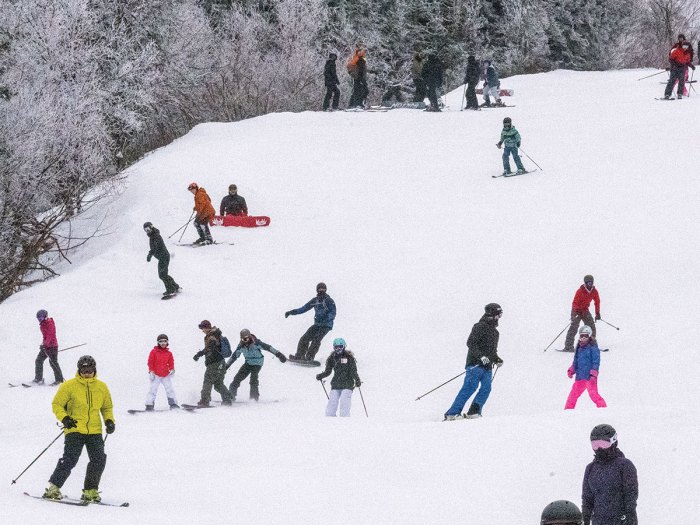
For more than a decade, Troop 77 has gone on an annual ski trip. This was their first time at Gunstock Mountain in New Hampshire.
“I don’t try to overthink it,” says Patrick King, 17, a Life Scout. “You just let it take you. Sometimes the platforms are a little icy. You get off slow and careful.”
Once you’re at the top, move out of the way for other skiers to get off, too. When you’re ready to ski down, you and your buddy should take on the slope together.
“If we didn’t use the buddy system, we could lose each other,” says Michael Wilson, 12, a Scout.

Max Isaacs navigates a slope.
TWO DAYS OF FUN
The troop spent the first day getting used to skiing again. Some of the more experienced skiers were able to tackle expert trails by the afternoon.
The Scouts returned to the cabin and warmed up with a bowl of chili. But after a little while, they felt a little too warm and decided to camp outside.
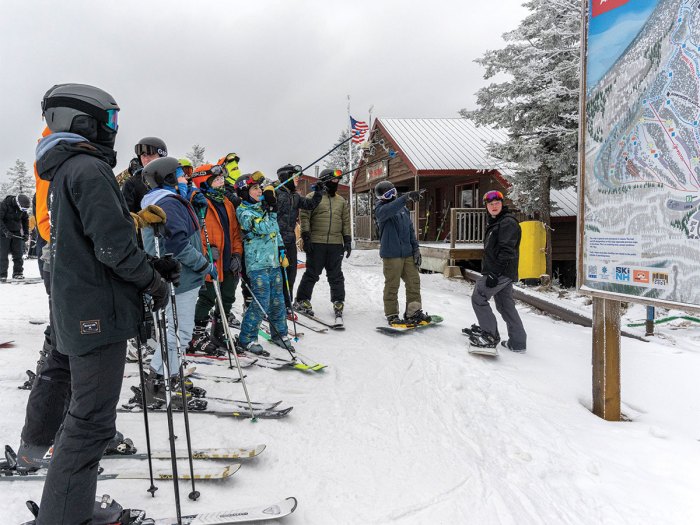
The troop reviews a ski trail map, pointing out the best routes based on ability.
“It got down to single digits,” Cayden says. “It did snow.”
The next day, they headed back to Gunstock Mountain for eight more hours of skiing.
“My legs hurt a bit, but it was so fun,” Cayden says. “I felt I got better at skiing during this trip.”
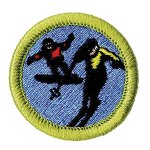
Earn the Badge
During their trip, some of the guys worked on the Snow Sports merit badge. You can earn this badge by downhill (Alpine) skiing, cross-country (Nordic) skiing or snowboarding. For each type of activity, you need to understand the equipment and demonstrate certain techniques.
Leave a Comment